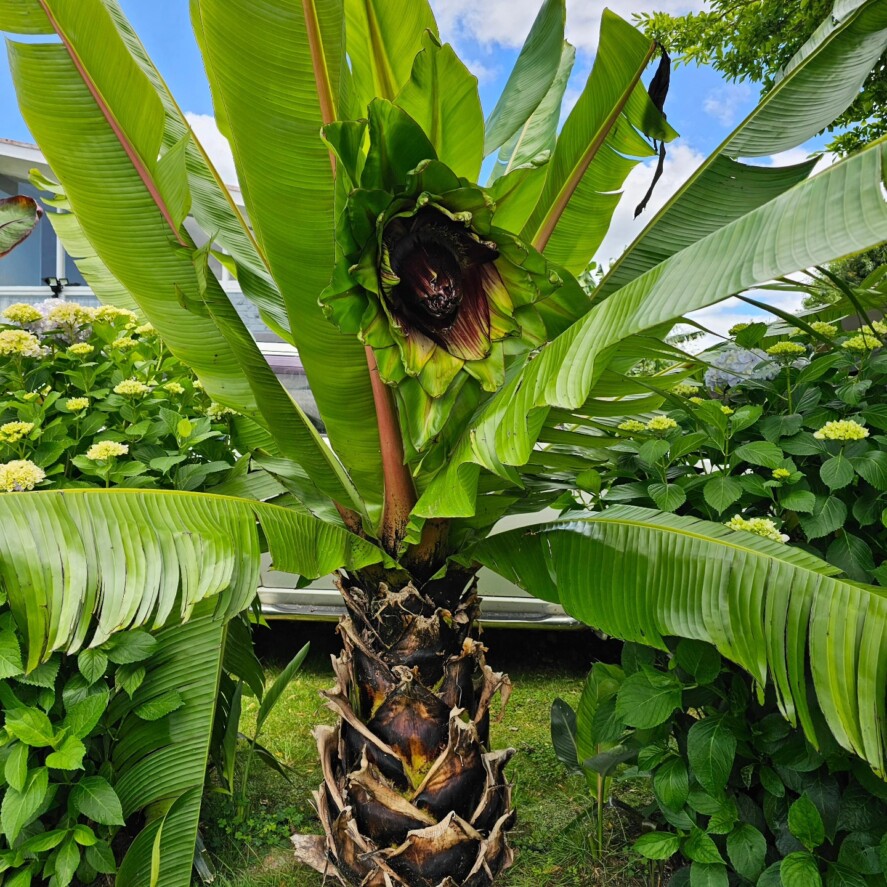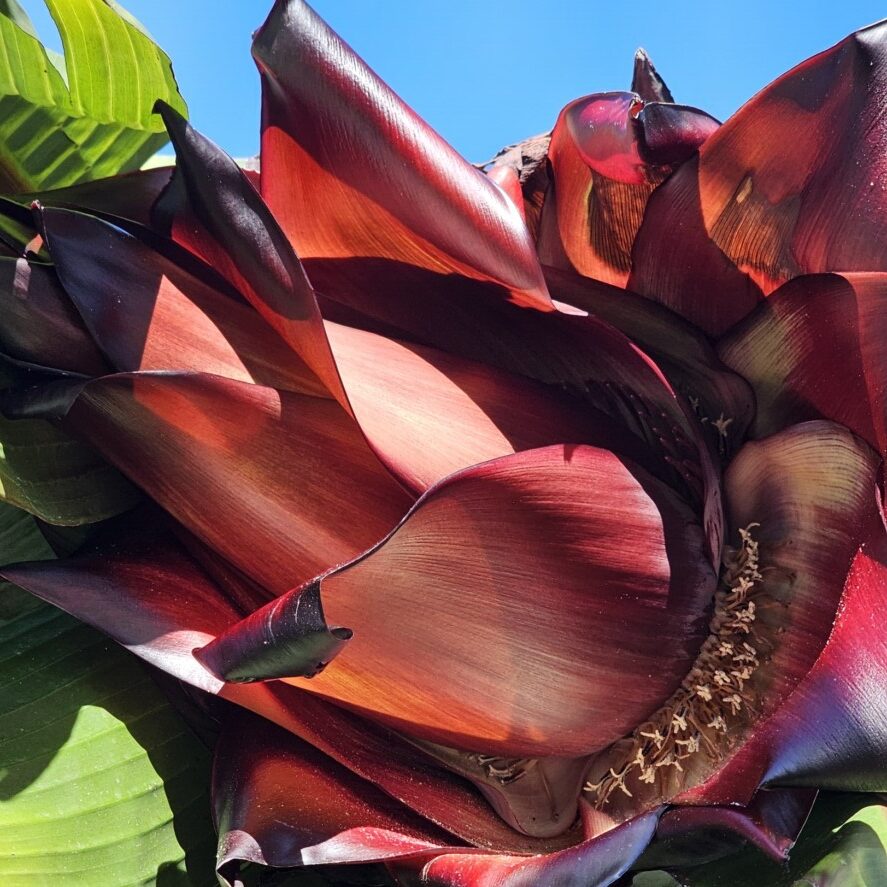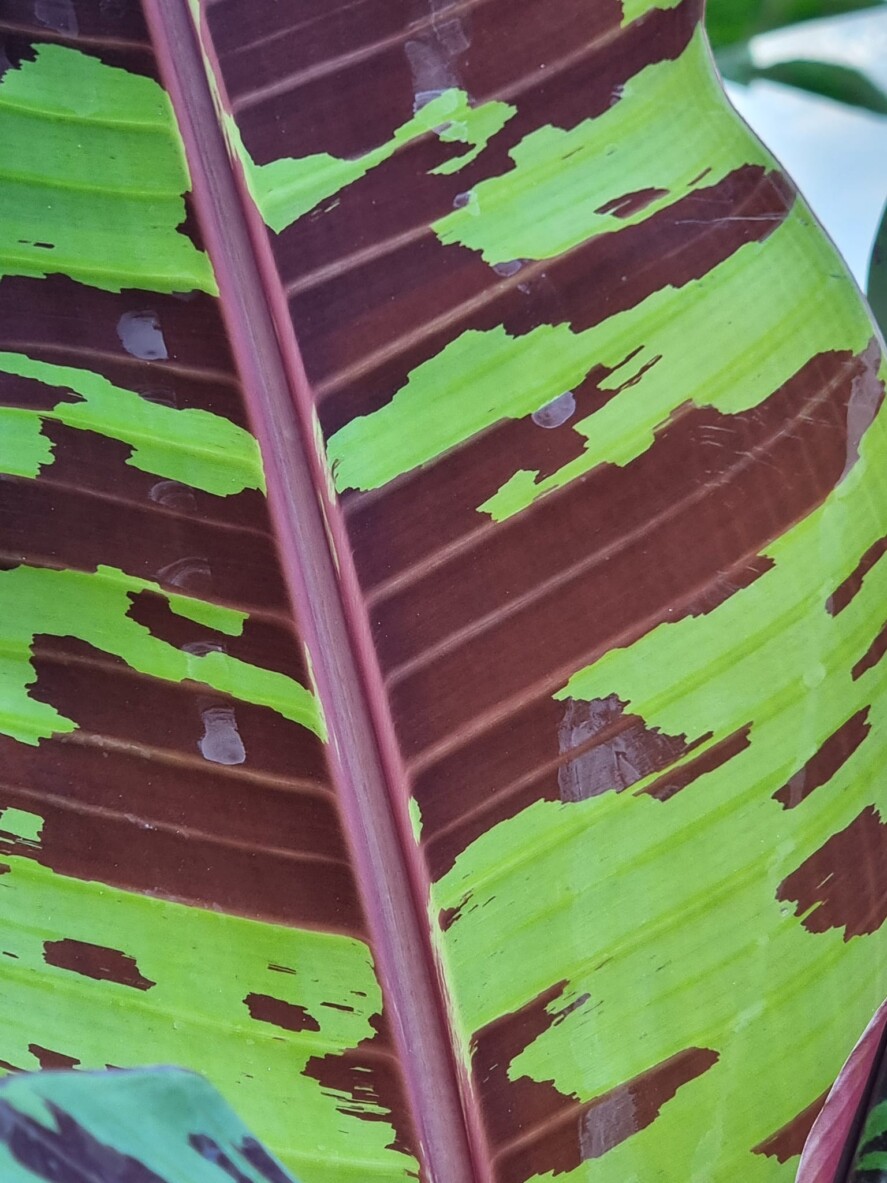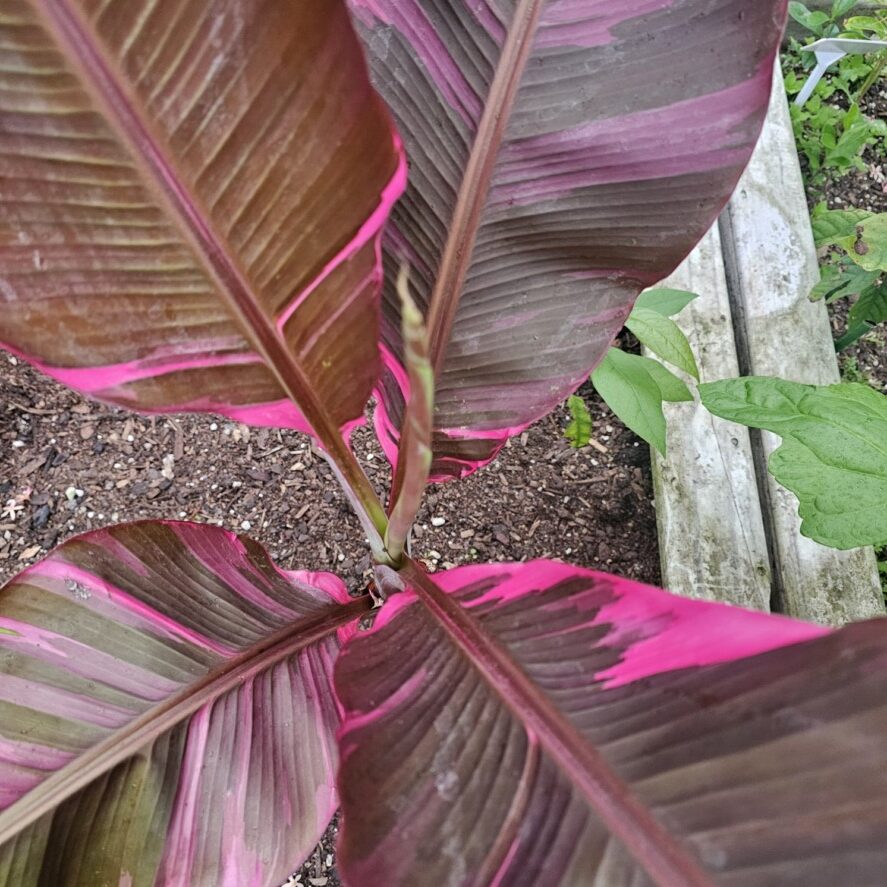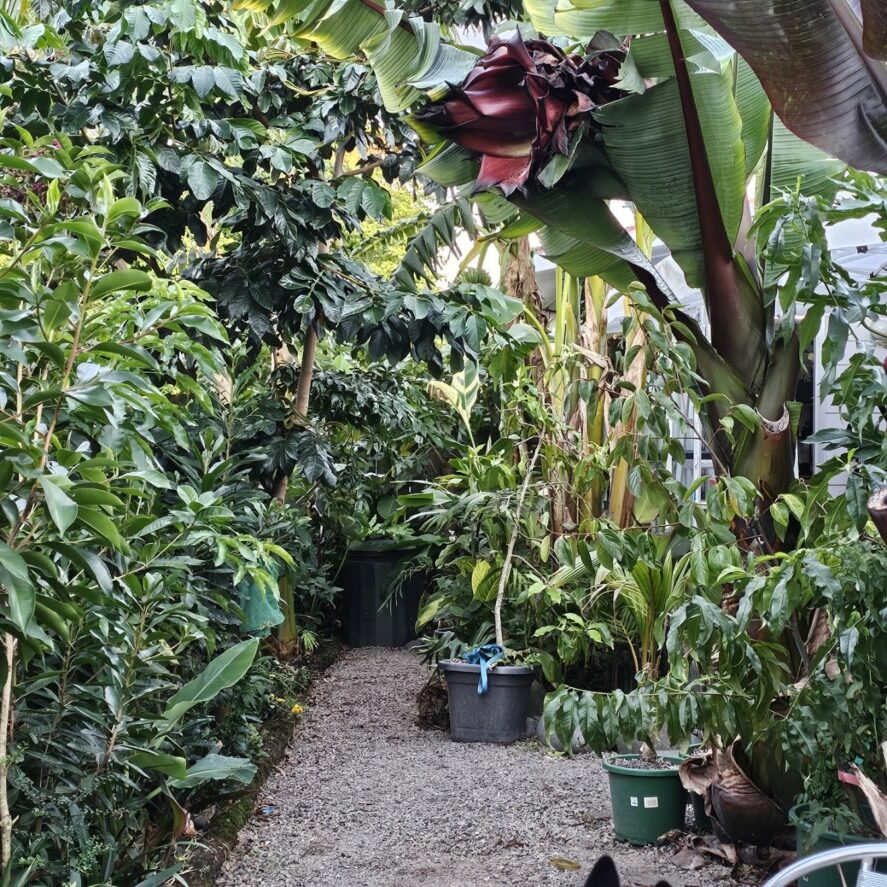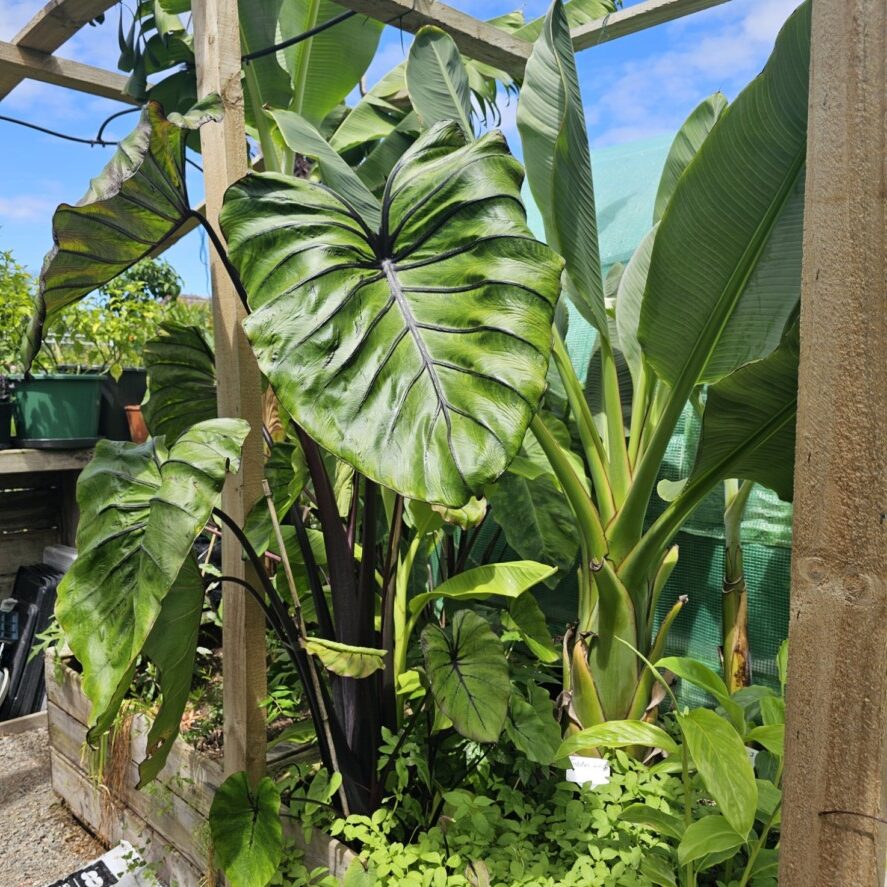-
Troppo Plant & Garden Articles
- Te Puke Region
- TROPPO’s Food Forest in Te Puke, BOP (www,foodforest.org.nz)
- Troppo’s Plant Collection
- TROPPO's Nursery Directory
- Food Forests of New Zealand (www.foodforests.nz)
- Nursery Map - Plant Suppliers of NZ Directory (www.nurserymap.nz)
- Kids Garden Corner
- New Zealand Garden Bird Survey
- New Zealand Garden Groups
- Delicious Recipes
Annona – Rare and Delicious Exotic Fruit Trees for Food Forests
Most enthusiasts of food forests are often unaware of the extraordinary potential of Annona trees, which produce rare and delicious fruits like cherimoya, soursop, and sugar apple. These exotic trees not only enhance biodiversity in your garden but also provide unique flavors that can elevate your culinary creations. Discover the incredible benefits of cultivating Annona species, including their ability to thrive in a variety of climates and their resilient nature, all while being a delightful addition to your food forest.
Overview of Annona Species
Annona species are a diverse group of tropical and subtropical fruit-bearing trees and shrubs, renowned for their unique flavors and textures. These fascinating plants are primarily found in warm climates and offer a range of delightful fruits, including cherimoya, soursop, and sugar apple. With their rich history of cultivation and nutritional benefits, Annona trees are becoming increasingly popular in food forests worldwide.
Common Varieties and Characteristics
About the Annona genus, it includes various species, such as Annona cherimola (cherimoya), Annona muricata (soursop), and Annona squamosa (sugar apple), each exhibiting distinct flavors and textures. Cherimoya is creamy with a custard-like consistency, while soursop is tangy and refreshing. Sugar apple is sweet and aromatic, making each variety a delightful addition to your food forest.
Natural Habitat and Growing Requirements
By understanding the natural habitat and growing requirements of Annona species, you can ensure successful cultivation in your garden. These trees thrive in well-draining soil and prefer full sun to partial shade. They are sensitive to frost and require warm temperatures to flourish.
In fact, the natural habitat of Annona species spans the tropical regions of the Americas and the Caribbean. To grow them successfully, you need to provide a warm climate with temperatures consistently between 60-85°F. Additionally, they prefer well-draining soil rich in organic matter to support their growth. While these trees can tolerate occasional drought, adequate moisture is necessary, particularly during the fruiting season. Ensure you protect them from freezing temperatures, as they are highly susceptible to frost damage.
Cultivation in Food Forests
Any food forest that incorporates Annona trees can become a vibrant and productive ecosystem. By selecting the right species and integrating them carefully into your layout, you can enhance biodiversity while enjoying the unique flavors these exotic fruits provide. Combining Annona with various plants will promote a balanced environment, benefiting both your trees and the other flora in your food forest.
Site Selection and Planning
Before planting Annona trees, assess your site for ideal conditions. Choose a location with well-drained soil, ample sunlight, and protection from strong winds. It’s also vital to ensure that your food forest offers enough space for the trees to grow and thrive without overcrowding. Planning your layout thoughtfully will set the foundation for a flourishing ecosystem.
Companion Planting Strategies
For optimal growth and health of your Annona trees, employ companion planting strategies that enhance their environment. Pair them with nitrogen-fixing plants like clover or legumes, which will enrich the soil. Additionally, consider planting flowering herbs such as marigold or basil nearby to attract beneficial insects that will help control pests.
In fact, utilizing companion plants not only supports your Annona trees’ growth but also fosters a healthy ecosystem. These plants can promote soil health and encourage biodiversity, allowing your trees to thrive with less direct intervention. However, be cautious as some species may compete for resources or attract unwanted pests; thus, always research pairings before planting. Understanding these dynamics will ensure your food forest remains a flourishing habitat for both Annona and its companions.
Growing Requirements
One of the key factors for successfully cultivating Annona trees is understanding their specific growing requirements. These tropical and subtropical plants thrive under the right climate conditions, and you must ensure you meet their needs for optimal growth and fruit production.
Climate and Soil Conditions
Among the most important aspects of growing Annona trees are the climate and soil conditions. They prefer warm, frost-free environments and well-draining, nutrient-rich soils. Ideally, you should aim for a pH of 6 to 7 to foster healthy growth. Make sure your location offers adequate sunlight, as these trees love bright conditions.
Water and Nutrient Management
After establishing your Annona tree, it’s vital to focus on water and nutrient management to ensure its health. Regular watering is important, but avoid waterlogged conditions, as this can lead to root rot. You should also apply a balanced fertilizer to provide necessary nutrients during the growing season.
Water is vital for the health of your Annona tree. You should keep the soil consistently moist, particularly during dry spells. However, overwatering can be dangerous and lead to root rot, jeopardizing your tree’s health. Maintaining a proper watering schedule and using mulch can help conserve soil moisture. Additionally, supplying organic fertilizers during growth phases will provide vital nutrients while promoting robust fruit development. By taking these steps, you can ensure your Annona trees flourish and yield delicious fruits.
Propagation Methods
Keep in mind that the successful propagation of Annona trees primarily depends on your chosen method. Whether you choose seed propagation or a more advanced technique like grafting, each has its benefits and challenges. It’s vital to understand these methods to grow healthy and fruitful trees in your food forest.
Seed Propagation Techniques
About seed propagation, you can start by collecting seeds from mature fruits. It’s recommended to clean the seeds and soak them for about a day before planting. Choose a well-draining soil mix, maintaining warmth and humidity until germination occurs, which can take a few weeks. Patience is key, as it may take longer for Annona seeds to sprout compared to other fruit trees.
Grafting and Air Layering
By utilizing grafting and air layering, you can propagate Annona trees with greater precision and success. Grafting involves attaching a scion from a desirable variety onto a rootstock, which promotes faster fruit production and consistency. Air layering, on the other hand, involves inducing roots to develop on a branch while it’s still attached to the parent plant. Both methods can enhance fruit quality and increase yield, but require some skill and care to avoid damaging the plants. Ensure you use sharp tools and follow hygiene practices to prevent infection, which could compromise your efforts.
Another aspect to consider is the timing and conditions under which you perform these techniques. For grafting, the best time is during the late spring to early summer when the trees are actively growing. Likewise, when air layering, you should ensure that the branch is healthy and has sufficient moisture. This technique allows for the rapid establishment of new trees, giving you stronger plants ready for planting. Additionally, both methods help you maintain genetic traits, ensuring your Annona trees thrive and produce high-quality, delicious fruits.
Pest and Disease Management
After planting Annona trees in your food forest, effective pest and disease management is necessary to ensure healthy growth and bountiful fruit. Regular monitoring for signs of issues can help you take action before minor problems escalate. Implementing organic control measures and promoting biodiversity will create a resilient ecosystem around your trees.
Common Pests and Prevention
Below are some common pests that affect Annona trees, such as fruit flies and aphids. To prevent infestations, you can set up traps and use organic insecticides as needed. Introducing beneficial insects, like ladybugs, can also help manage pest populations while maintaining the ecological balance in your food forest.
Disease Identification and Treatment
At times, you may encounter diseases like anthracnose or phytophthora blight affecting your Annona trees. Early identification is critical, so keep an eye out for leaf lesions, wilting, or discoloration. Should you detect any signs of disease, promptly remove infected branches and apply organic fungicides to control the spread.
Common diseases affecting Annona trees can quickly diminish their vitality and fruit production if you fail to act. For instance, anthracnose appears as dark spots on leaves and fruits, while phytophthora blight manifests as root rot, leading to tree decline. Always utilize clean tools when managing your trees and ensure proper drainage in your planting area to minimize disease incidence. By staying vigilant and applying organic treatments, you can cultivate healthy Annona trees and enjoy their exotic fruits for years to come.
Harvesting and Post-Harvest Handling
Your approach to harvesting annona fruit is key to maximizing flavor and quality. Handle the fruits gently to avoid bruising and damaging the soft, delicate flesh. Timing is imperative; pick your fruit at the right moment to ensure a sweet, juicy experience that reflects the unique characteristics of this exotic plant.
Determining Fruit Maturity
Between six to eight months after flowering, you’ll notice signs of maturity as the fruit changes color, typically to a lighter shade, and begins to soften slightly when gently squeezed. This is your indication that harvesting should begin; timing is imperative for achieving optimal flavor.
Storage and Processing
For long-lasting enjoyment, you should store harvested annona fruit in a cool, dry location, as they are highly sensitive to temperature changes. Proper handling can extend shelf life and maintain flavor, while overexposure to moisture can lead to rapid spoilage.
Understanding the importance of proper storage and processing methods will greatly increase the longevity and quality of your annona fruits. Ensure they are stored in a cool, dry area to prevent spoiling, and avoid stacking them to minimize bruising. Furthermore, for preservation, consider freezing or creating purées, which can enhance flavor while extending their shelf life. Be cautious with temperature changes—a sudden drop can cause extensive damage to the fruit. With careful handling, you can enjoy the delicious rewards of your efforts for an extended time.
To wrap up
Presently, you can enhance your food forest by incorporating Annona trees, which not only offer rare and delicious fruits but also contribute to biodiversity. By selecting these unique species, you can create a sustainable source of nourishment for yourself and your community. As these trees flourish, you’ll experience the joy of cultivating exotic flavors right in your backyard, enriching your landscape while supporting environmental health. Embrace the potential of Annona trees and transform your food forest into a thriving hub of deliciousness.


